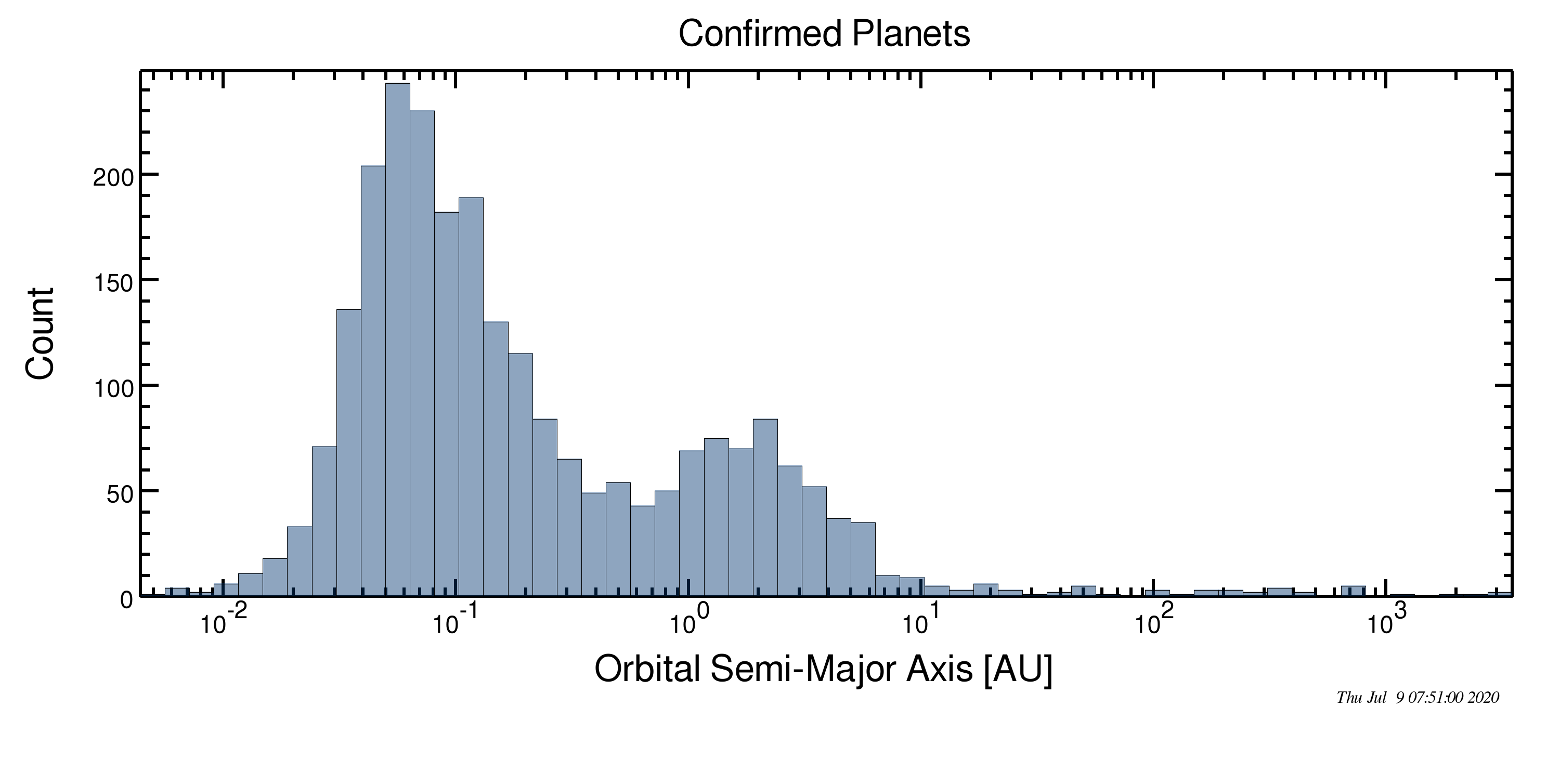In a more speculative corner of SE somebody was dreaming up a story of planets traveling between star systems through wormholes.
I was wondering how much the appearing/disappearing of a planet the size of Earth would perturb the orbits of the other bodies in a solar system like ours. After all, the bodies in the system all interact, and the current situation appears to me as the delicate result of an evolution during which bodies collided, were ejected or were nudged into specific (dynamic) "places" which are stable, for example because they resonate with or are far enough away from others.
How much havoc would the sudden appearance of an Earth-sized planet in the habitable zone wreak on this balance? Both long-term and short-term (on astronomical scales; short-term may be 100 years) disturbances are interesting. Would it directly perturb the orbits of nearby planets (in our case Earth and Mars) enough to be prohibiting? For example, even relatively minor changes of the orbit can have an impact on climate.
Could it lead to catastrophic events much later, for example because some Trojan bodies are pushed out of their Lagrange neighborhood and start marauding the Solar System, increasing the chance of catastrophic impact events on Earth or an inhabited Mars?
